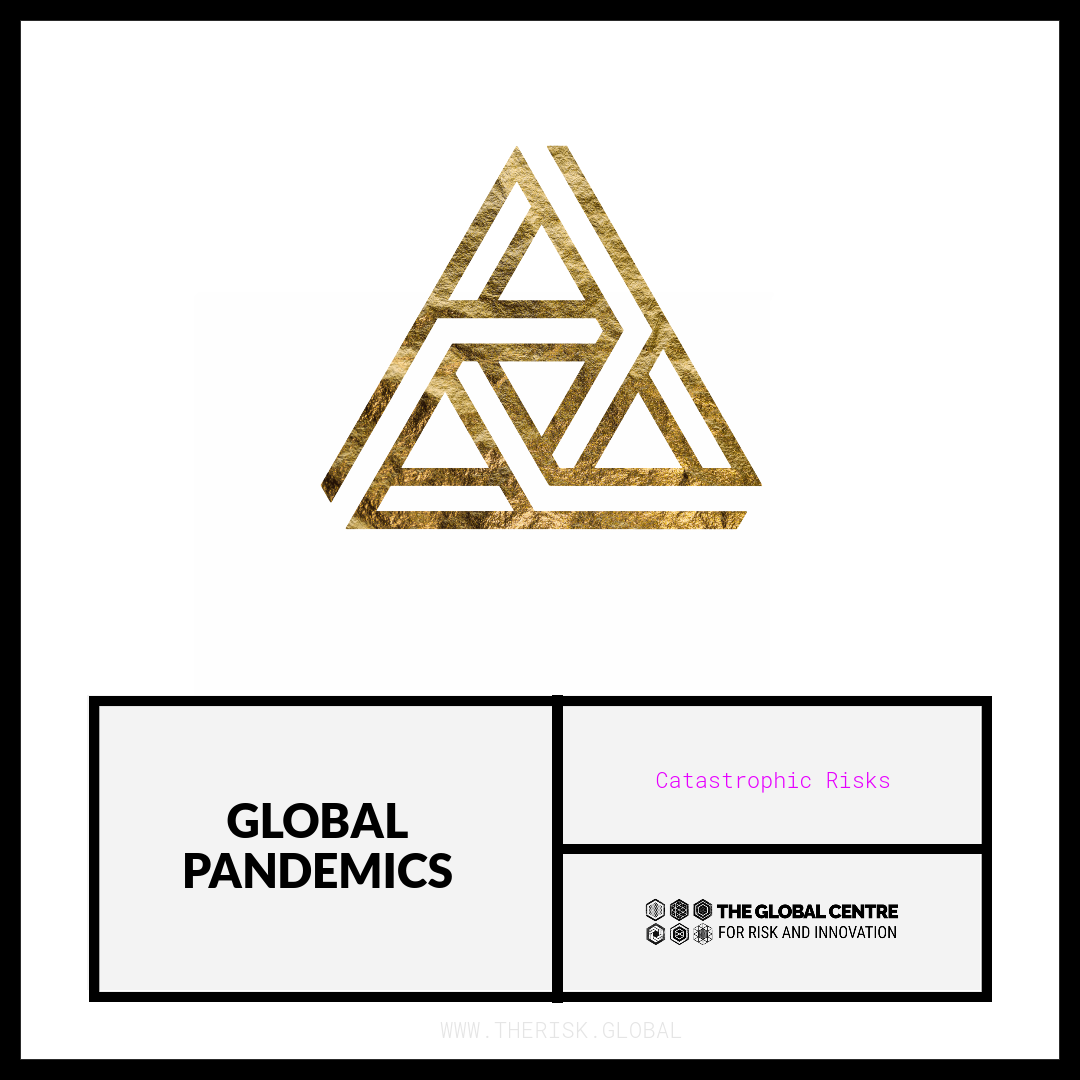$0.00
Catastrophic Risks
Description
Catastrophic Risks refer to the possibility of an event or series of events that would cause severe damage or destruction and potentially lead to the loss of human life on a large scale. Examples of catastrophic risks include natural disasters such as earthquakes, hurricanes, and tsunamis and man-made disasters such as nuclear accidents and terrorist attacks. Additionally, catastrophic risks can include risks related to emerging technologies such as artificial intelligence and biotechnology.
Catastrophic Risks are events or occurrences that have the potential to cause widespread damage, destruction, and loss of life on a large scale. Some examples of catastrophic risks include:
- Natural disasters such as earthquakes, hurricanes, tornadoes, tsunamis, and volcanic eruptions
- Pandemics and outbreaks of infectious diseases
- Climate change and its associated impacts, such as sea level rise, extreme weather events, and food and water shortages
- Man-made disasters such as nuclear accidents, chemical spills, and large-scale cyber attacks
- Human-caused environmental disasters such as oil spills and deforestation
- Geopolitical risks such as war and terrorism
- Risks related to emerging technologies, such as artificial intelligence and biotechnology
- Societal risks such as economic collapse and civil unrest
It’s important to note that catastrophic risks can also be interconnected. For example, a natural disaster can lead to a pandemic outbreak and economic collapse.
The Catastrophic Risks course is designed to provide an in-depth understanding of catastrophic risks and the various strategies that can be used to address them. Through a combination of classroom instruction and hands-on learning, participants will understand the key concepts and methods used in citizen science, participatory research and innovation, and systems innovation.
The course will cover a range of catastrophic risks, including natural disasters, pandemics, climate change, and risks related to emerging technologies. Participants will learn about the interconnections and interdependencies between different system components and how to design more sustainable, resilient, and equitable outcomes.
Participants will learn how to increase engagement and buy-in of the community, how to build social capital and social networks and increase communities’ resilience in the face of catastrophic risks. They will also learn how to identify and address potential sources of risk before they result in a crisis, reduce the vulnerability of systems and communities, and increase the capacity to respond and recover.
The course will also explore how systems innovation can lead to new, more effective, and sustainable solutions to catastrophic risks by introducing new technologies, business models, and governance structures.
This course is ideal for professionals in fields such as emergency management, public health, environmental science, and engineering, as well as anyone interested in learning more about catastrophic risks and how to address them.
This course is a comprehensive program that covers the different approaches like citizen science, participatory research and innovation, and systems innovation that can be used to address catastrophic risks. It is designed for professionals and anyone interested in learning about catastrophic risks and the strategies for addressing them.
Discover more from The Global Centre for Risk and Innovation (GCRI)
Subscribe to get the latest posts sent to your email.
Be the first to review “Catastrophic Risks”
You must be logged in to post a review.


There are no reviews yet.